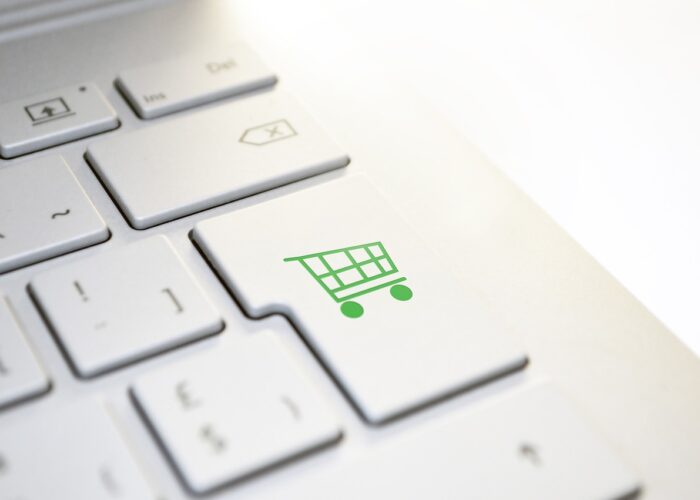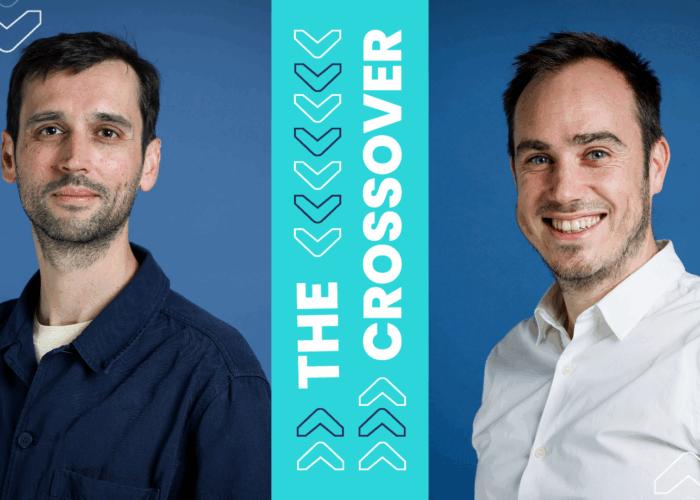Environmental and Energy Transition: The Central Role of Data (1/2)
April 22 marks Earth Day, which is also the date when the Paris Agreement on climate was opened for signature (April 22, 2016).
Since this agreement, and despite a growing awareness of the climate emergency, the path remains long for companies seeking to successfully undertake their environmental transition and decarbonize their operations.
Recent events have highlighted that, despite a 2.5% reduction in greenhouse gas emissions in 2022 compared to 2021, France is lagging behind the targets set in the Paris Agreement and outlined in the National Low-Carbon Strategy (SNBC), which aims for an annual emissions reduction of 4.7% between 2022 and 2030.
Given this situation, it is essential for a company to focus on data to support:
- Quantifying the environmental impact of its activities.
- Measuring its dependency on physical phenomena that pose a risk to sustainability (resource depletion, energy supply, etc.).
- Conducting prospective scenarios for impact reduction and risk mitigation.
- Measuring the progress achieved following the implementation of measures to reduce its environmental impact.
Behind these use cases are challenges related to data collection, quality, and governance: according to a 2021 BCG study, 86% of companies still manually record and report their greenhouse gas emissions using Excel files. Even more concerning, the error rate in measuring these emissions is estimated to be between 30% and 40%.
It is therefore clear that sustainability measurement and adaptability are fundamentally data challenges, as effective management is impossible without accurate, comprehensive, and reliable measurement.
As part of its Data For Sustainability offering, Converteo provides an overview of these challenges through the publication of two articles. In this first article, we focus on the types of data that need to be collected.
Part 1: What Data, for What Uses?
Going Beyond the Simple Carbon Footprint
When discussing environmental data, one of the first use cases that comes to mind is the carbon footprint, which has become increasingly relevant for companies in France since its scope of applicability was expanded in January 2023. Broadly speaking, this exercise involves aligning emission factors (expressed in kg or tons of CO2e, derived from public databases such as the ADEME’s Empreinte database) with activity data (such as the number of kilometers traveled by truck, the number of products manufactured, the number of advertisements displayed, etc.).
While the carbon footprint provides a valuable and essential starting point for measuring greenhouse gas emissions, it has several limitations:
- Approximations: Due to the choice of a monetary approach, use of default averages, incorrect emission factors, or lack of precise emission factors.
- Scope Exclusions: Parts of the scope may be excluded due to insufficient historical or functional data.
- Manual and Time-Consuming: The process is labor-intensive and lengthy without dedicated SaaS platforms like Greenly, Sweep, or Aktio.
- Snapshot Nature: It offers a one-time overview that highlights issues and optimization opportunities but lacks detailed analysis of these paths and their impacts.
To enhance accuracy, it can be useful to conduct parallel projects focused on measuring the footprint of specific activities or business verticals. For example:
- A Chief Digital Officer might focus on measuring the carbon footprint of e-commerce order delivery.
- A Chief Marketing Officer could seek to measure the environmental impact of media campaign distribution.
- A Head of Innovation may aim to estimate the environmental benefits of launching a circular economy offer (such as rental, second-hand, repair) or to implement an environmental labeling project (as seen with companies like Mano Mano or Decathlon).
Moving from a “carbon funnel vision” to a comprehensive view of environmental data
Despite its undeniable importance, a company’s carbon footprint is not the only measure required to estimate and reduce its environmental impact. This CO2-focused approach can lead to “Carbon Tunnel Vision”, where other tangible impacts of human activities on the environment are overlooked or ignored.
These impacts also need to be measured to conduct a double materiality analysis and account for planetary boundaries. This is the goal of the new European CSR reporting directive, the CSRD, which will come into effect in 2024 and will apply to 50,000 European companies. The directive mandates the reporting of an expanded list of indicators. In the environmental domain, the topics include: climate change, pollution, water and marine resources, biodiversity, resource use, and circular economy.
Given the extent of this scope, the following question arises: should the additional workload for compliance with reporting requirements rest solely on the CSR departments? Or does it call for a much closer collaboration between data teams and CSR teams? At Converteo, we believe that this cooperation will be a long-term necessity and is essential for scaling and industrializing the non-financial reporting process. Companies that are currently implementing ESG indicator Datamarts or those managing their share of sustainable revenue are thus gaining an advantage over their competitors.
First, Second, and Third-Party Environmental Data?
Let’s draw a parallel that will likely resonate with marketing and digital departments: just as advertisers collect and utilize first, second, and third-party data, data and CSR departments are tasked with gathering and using environmental data:
- First-Party Data: Data from their own production systems (energy consumption of a building, fossil energy used to produce goods sold by the company, etc.).
- Second-Party Data: Data from their suppliers (energy consumption of servers from a service provider running digital media campaigns for an advertiser, composition of materials from sourced products, carbon footprint of delivery providers for an e-commerce player, etc.).
- Third-Party Data: Data provided by external organizations with no direct link to the company (emission factors from Ademe, etc.).
It is therefore essential to treat and manage CSR data with the same importance as other business or corporate data, across their entire value chain: collection, storage, processing, and utilization.
In the next article, we will address the governance required to ensure that environmental data is reliable and comprehensive, that its collection and enrichment are as automated as possible, and that its sharing is as extensive as possible across business units.












